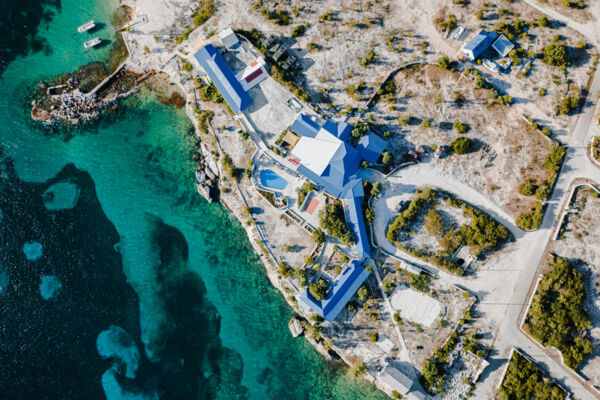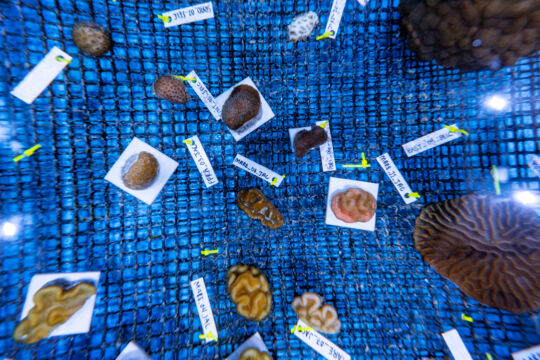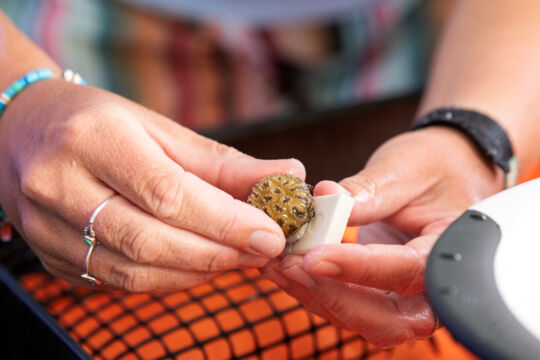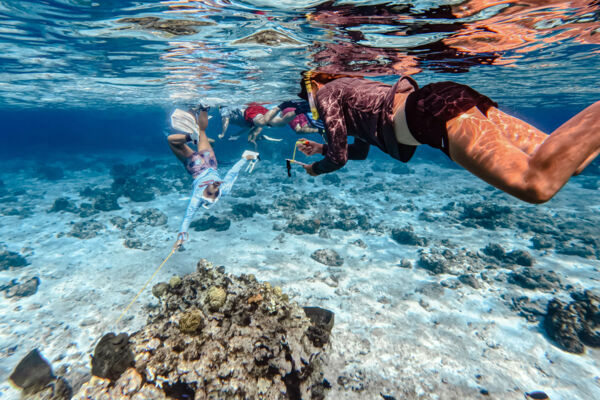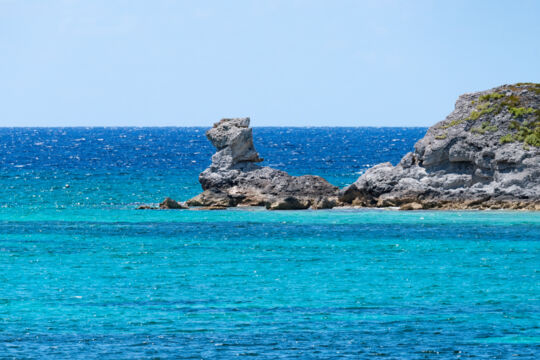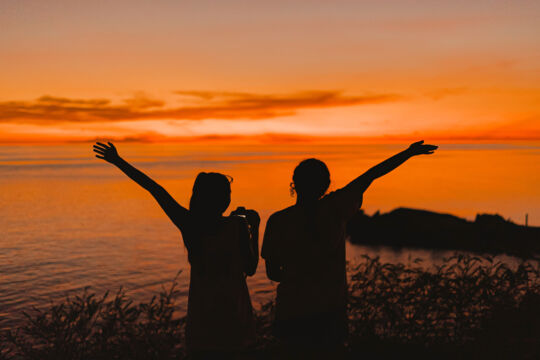School for Field Studies
West Street, South Caicos
The School for Field Studies (SFS) is an international environmental research and conservation field school with a campus on South Caicos. It offers immersive, for-credit academic programs that are globally recognized for university and college students. Programs vary in length from four-week summer courses to full semesters during the fall and winter. The courses focus primarily on the marine environment. Students conduct research on local coral reefs, seagrass meadows, and mangroves, as well as sea creatures like rays and turtles. They can get scuba-certified through PADI during their time in the islands (at additional cost not covered by tuition).
The SFS has operated on South Caicos for more than 30 years. Its goal is to develop future leaders in environmental sustainability and provide students with hands-on field experiences combining scientific research, cultural immersion, and community engagement.
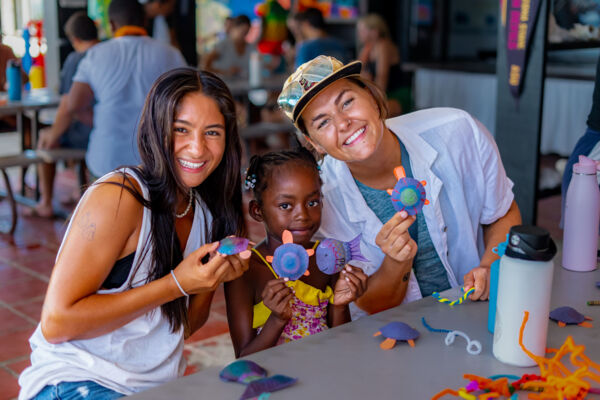
The Field Courses
SFS South Caicos offers three field programs for international students. Fundamentals of Marine Conservation and Marine Fauna are four-week summer courses that teach students how to identify and assess marine fauna and ecosystems. Each course is worth four credits. The Marine Resource Studies experience is a semester-long, 16-credit program culminating in a comprehensive field research project on a topic of the student's choice.
In each program, students work with SFS faculty and collaborate with local communities on research projects and initiatives promoting a participatory approach to conservation. One of the field school's ongoing projects is surveying the local Queen Conch populations.
SFS programs are a mix of fieldwork, community engagement, and classroom lectures and discussions led by experienced faculty members who are experts in their fields.
Tuition ranges from around $9,000 for a summer course to $30,000 for a full semester. Some financial aid is available for qualifying students. Tuition includes:
- Housing
- Daily meals and snacks
- Airport transfers
- Emergency evacuation and repatriation insurance
- Field trips and activities
Work on South Caicos
On South Caicos, SFS works closely with stakeholders to address relevant sustainability issues. Data from student projects is shared with the Turks and Caicos Government and local communities. As part of the South Caicos Coral Reef Consortium, SFS has initiated both field- and laboratory-based coral projects to restore reef health. Visits to the center on South Caicos can be arranged, but must be booked ahead of time to ensure availability.
The Kersteiner House and the Admiral’s Arms
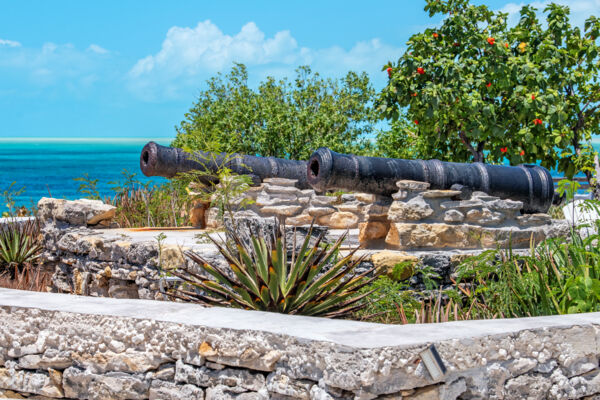
The School for Field Studies is located in what was once one of the first hotels in the Turks and Caicos. The property, located on the southern side of Cockburn Harbour, was originally the home of Emily Ann Stubbs Kersteiner. Kersteiner owned large tracts of land, salt salinas, and several businesses on the island, and was also a descendent of the Stubbs family of Wade's Green Plantation and Cheshire Hall Plantation notoriety.
After Kersteiner's death in 1956, development company Caicos Holdings leased Kersteiner House in the early 1960s and the property was converted into the Admiral’s Arms hotel. The site was expanded and improved, including the addition of a swimming pool. This was likely the first hotel in the country that was primarily intended for tourism, as historically, the limited available lodging in the islands was simple room-letting or boarding rooms.
The School for Field Studies offers an impressive view to the south and west. The property is perched on a ridge above Big Cut, which is the channel that separates South Caicos from the scenic Long Cay. Dove Cay is nearby, and on the horizon to the west are Middleton Cay and Six Hills Cays. Fronting Dove Cay is The Lion, a natural rock formation that is reminiscent of a sitting lion when viewed from the right angle.

